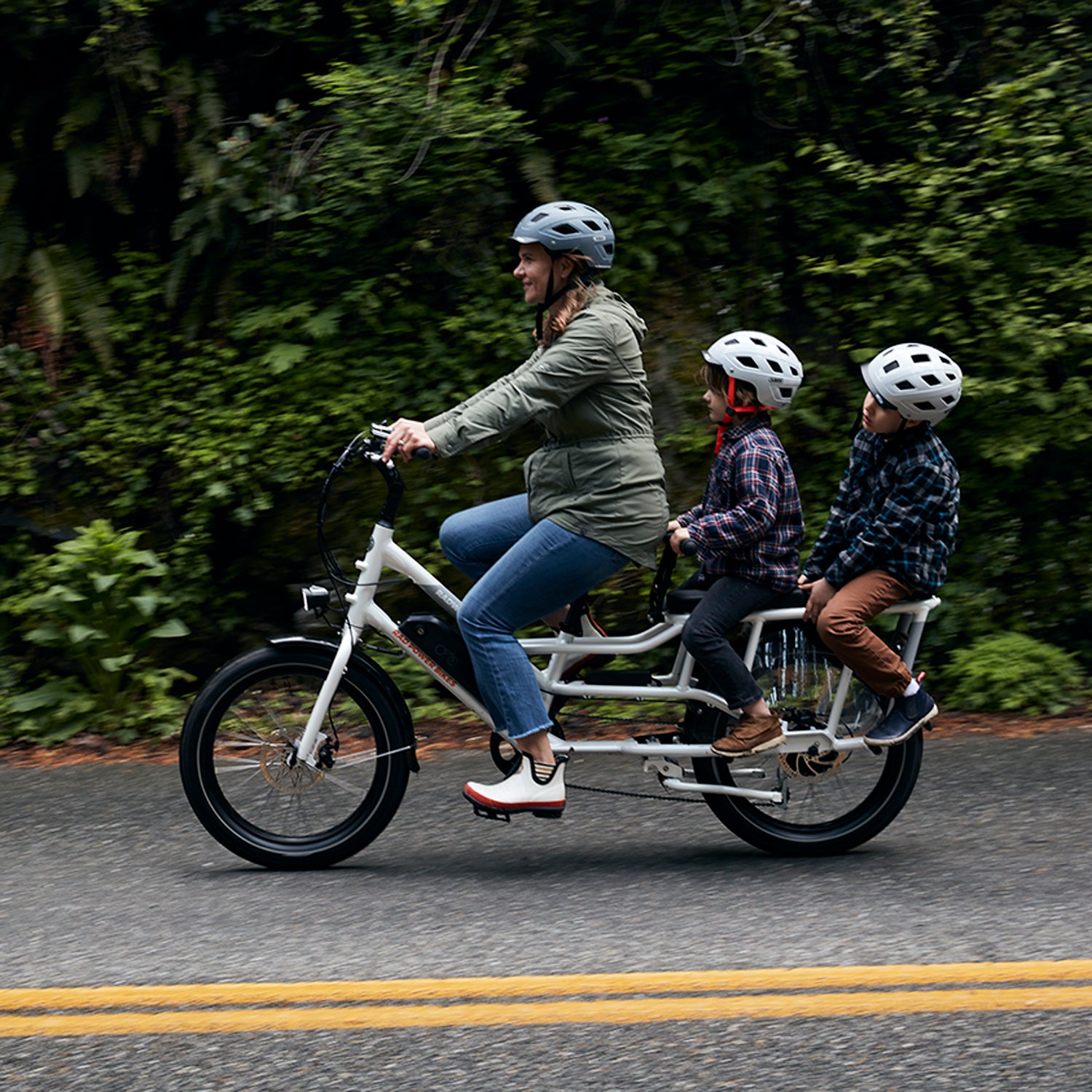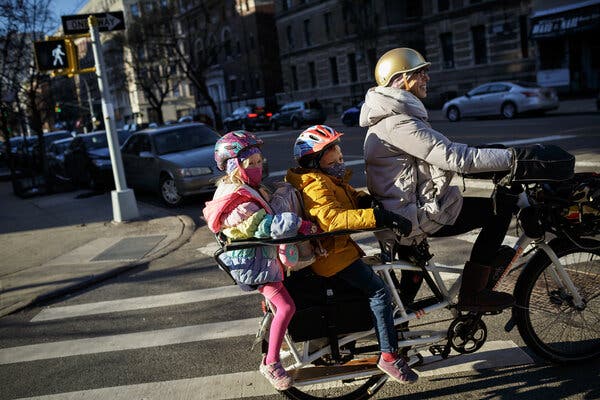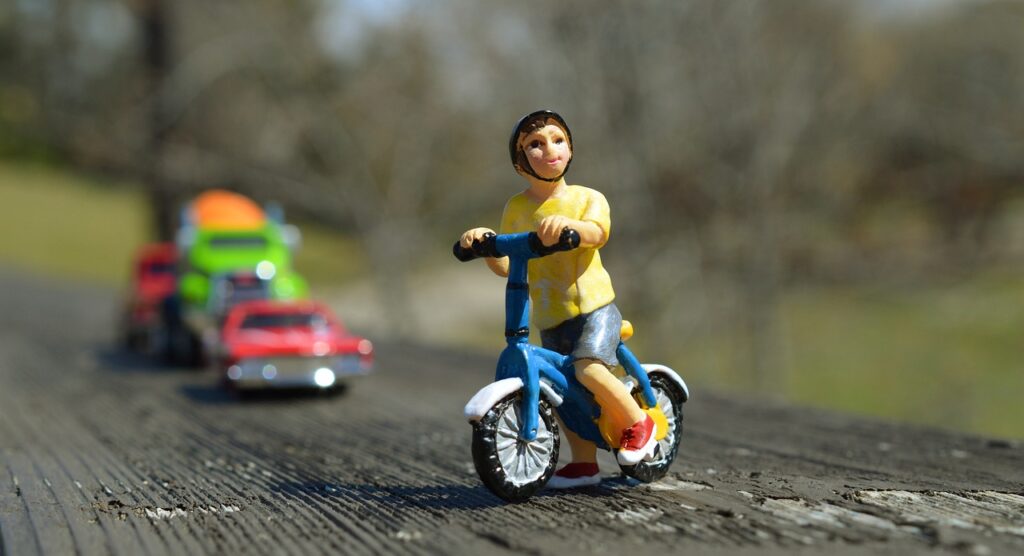To transport a child with an e-bike, use child bike seats or trailers for safety and ensure proper fitting and secure installation for a comfortable and safe ride. E-bikes can be a convenient and eco-friendly mode of transportation for families, allowing parents to carry their children on short trips or for leisure rides.
However, ensuring the safety and comfort of the child is paramount, and it’s important to follow the manufacturer’s guidelines for installing child seats or trailers. By taking necessary precautions and adhering to safety guidelines, transporting a child with an e-bike can be a convenient and enjoyable experience for both the parent and the child.
Front-mounted Child Bike Seats
When it comes to transporting a child on an e-bike, there are various options to consider, with front-mounted child bike seats being a popular choice for many parents. These seats attach to the handlebars or front tube of the bike, allowing the child to sit between the rider and the handlebars. They offer a unique and enjoyable riding experience for both the child and the rider, providing a closer interaction and a clear line of sight for the child.
Overview Of Front-mounted Seats
Front-mounted child bike seats, also known as front bike seats, are designed to be attached to the front of the bike, typically in front of the rider. They come with a comfortable seat, secure harness, and sometimes a small handlebar for the child to hold onto. Most front-mounted seats are suitable for children between the ages of 1-4, with weight limits varying depending on the specific model.
Benefits Of Front-mounted Seats
- Close Interaction: Front-mounted seats allow for easy communication and bonding between the child and the rider during the ride.
- Clear Line of Sight: The child has an unobstructed view of the road and surroundings, enhancing the overall experience.
- Balance and Stability: The front-mounted position helps to maintain the bike’s stability and balance, especially when navigating through turns.
- Enhanced Safety: Some models come with additional safety features, such as adjustable harness systems and padded support to secure the child during the ride.
Factors To Consider Before Choosing
- Bike Compatibility: Ensure that the front-mounted seat is compatible with your specific e-bike model and handlebar design.
- Child’s Age and Weight: Consider the age and weight of your child to ensure that the seat is suitable and safe for their size.
- Comfort and Support: Look for seats with padded cushions, adjustable footrests, and secure harness systems for maximum comfort and support for your child.
- Easy Installation: Choose a seat that is easy to install and remove, allowing for flexibility when using the e-bike for other purposes.
Rear-mounted Child Bike Seats
Rear-mounted child bike seats are a popular and convenient way to transport your child on an e-bike. These seats are designed to attach to the rear rack or seat post of the bike, allowing your child to sit behind you as you cycle. Using a rear-mounted seat provides a secure and comfortable way for your child to enjoy the ride while you maintain full control of the bike.
Choosing The Right Rear-mounted Seat
When selecting a rear-mounted child bike seat for your e-bike, it’s essential to consider the weight and age limits of the seat, as well as the compatibility with your specific e-bike model. Ensure that the seat can be securely attached to the rear rack or seat post of your e-bike and provides proper support for your child’s body and head. Additionally, look for adjustable footrests and safety harnesses to accommodate your child as they grow.
Safety Measures With Rear-mounted Seats
Before transporting your child with a rear-mounted seat, conduct regular safety checks to ensure that the seat is securely attached and free from any wear and tear. Always fasten the safety harness properly and consider adding additional reflective elements or a safety flag to increase visibility while riding. It’s also important to teach your child about proper bike riding behavior and ensure that they wear a properly fitted helmet at all times.
Comfort And Convenience
When using a rear-mounted child bike seat, prioritize the comfort and convenience of your child. Ensure that the seat provides ample cushioning and support, and consider using additional accessories like a windscreen to protect your child from the elements. Additionally, make sure that your child’s weight does not impede your balance and control of the e-bike, and adjust the seat position as needed for optimal weight distribution.
E-bike Child Trailers
When it comes to transporting a child with an e-bike, using a child trailer is a safe and convenient option. E-bike child trailers provide a comfortable and secure way to bring your little one along for the ride, whether it’s for daily commutes or leisurely outings.
Features And Benefits Of Child Trailers
Child trailers are specifically designed to cater to the safety and comfort of young passengers. These trailers typically come equipped with a sturdy frame, padded seating, and a harness system to keep the child secure during the ride. Many models also feature additional amenities, such as weather-resistant covers, storage compartments, and adjustable suspension for a smoother ride.
Attaching And Detaching Trailers
Attaching and detaching a child trailer to an e-bike is typically a straightforward process. Most trailers are designed to easily connect to the rear axle or the seat post of the e-bike, using a coupler or hitch system. When disconnecting, certain models offer quick-release mechanisms for added convenience, allowing for swift removal and storage.
Safety Considerations
Prioritize safety when using a child trailer with an e-bike. Ensure that the trailer is securely attached and that the e-bike’s motor and braking system are in proper working condition. When riding, observe traffic laws, avoid sudden maneuvers, and communicate your intentions clearly to other road users. Additionally, always use a properly fitted helmet for the child and consider additional safety accessories such as reflective flags and lights.
Cargo E-bikes With Child Carrying Capacity
Cargo E-Bikes with Child Carrying Capacity provides an efficient and eco-friendly way to transport children on an e-bike. These specialized bikes are designed with safety and convenience in mind, making them an ideal choice for parents or caregivers looking for a practical and sustainable mode of transportation.
Understanding Cargo E-bikes
Cargo e-bikes, also known as electric cargo bikes, are equipped with a sturdy frame and ample storage space to accommodate various cargo, including child carriers. These bikes are designed to handle heavier loads while maintaining stability and maneuverability, making them suitable for transporting children.
Advantages Of Cargo E-bikes For Child Transportation
- Safety: Cargo e-bikes often feature built-in safety harnesses and adjustable seating to ensure the child’s security during the ride.
- Environmental Friendly: The use of e-bikes helps reduce carbon emissions and promotes a sustainable mode of transportation.
- Convenience: Cargo e-bikes offer a convenient way to transport children without relying on traditional vehicles, avoiding traffic congestion, and parking challenges.
- Cost-Effective: With no fuel costs and minimal maintenance requirements, cargo e-bikes are a cost-effective option for family transportation.
Essential Features And Considerations
When considering a cargo e-bike for child transportation, there are several essential features and considerations to keep in mind:
- Sturdy Frame: Look for a cargo e-bike with a robust frame designed to support the weight of both the child and the cargo.
- Child Carrying Capacity: Ensure that the bike’s child-carrying capacity meets your specific needs, considering the age and size of the child.
- Storage Options: Evaluate the storage options available, such as front or rear-mounted child carriers and additional cargo space for belongings.
- Electric Assistance: Opt for an e-bike with reliable electric assistance to make pedaling with extra weight more manageable and to navigate varying terrain.
- Safety Features: Check for safety features, including secure harness systems, visibility aids, and durable components designed for child transportation.
Safety Tips And Best Practices
When it comes to transporting a child with an e-bike, ensuring safety is paramount. Adhering to safety tips and best practices is essential to protect the child and ensure a secure and comfortable ride. In this section, we will cover important considerations for securing and harnessing the child, ensuring stability and balance, as well as riding responsibly and legally.
Securing And Harnessing The Child
When transporting a child on an e-bike, it is crucial to secure and harness them properly to minimize the risk of accidents and ensure their safety. Consider using a high-quality child bike seat or a secure child trailer that attaches to the e-bike frame. Ensure that the child is properly strapped in and that all safety harnesses and straps are adjusted snugly.
Ensuring Stability And Balance
Stability and balance are key elements when transporting a child on an e-bike. Verify that the e-bike’s cargo capacity is suitable for carrying the additional weight of the child and any accessories. Double-check the tire pressure and overall bike stability to ensure a smooth and controlled ride. Additionally, practicing riding and maneuvering the e-bike with a child on board in a safe area can help improve stability and balance.
Riding Responsibly And Legally
It is essential to adhere to local laws and regulations regarding e-bike usage when transporting a child. Familiarize yourself with the specific guidelines for e-bike usage in your area and always ride within the legal speed limits. Observe traffic rules and consider using designated bike lanes whenever possible to enhance safety. Furthermore, wearing protective gear such as helmets for both the adult rider and the child is crucial for safe riding.

Credit: www.outsideonline.com
Frequently Asked Questions Of How Do You Transport A Child With An E-bike?
How Do You Transport A Child With An Ebike?
To transport a child with an ebike, use a sturdy child bike seat or a trailer. Ensure the child wears a helmet and is secured properly. Follow all traffic laws and ride at a safe, moderate speed. Always supervise the child during the ride.
Can You Put A Child Carrier On An Ebike?
Yes, you can attach a child carrier to an ebike that meets safety requirements. It’s essential to ensure the carrier is properly installed and securely attached to the bike. Also, make sure the combined weight of the child and carrier doesn’t exceed the ebike’s capacity.
Can You Have A Child On An Electric Bike?
Yes, you can have a child on an electric bike, but ensure they meet age, weight, and safety requirements.
What Is The Best Way To Transport An E Bike?
The best way to transport an e-bike is by using a bike rack on your vehicle. This allows for secure and stable transportation, ensuring safety. Make sure to follow the manufacturer’s guidelines for weight and compatibility. It is also essential to properly secure the bike to the rack.
Conclusion
Transporting a child with an e-bike requires thoughtful planning and adherence to safety measures. By selecting the appropriate child seat and ensuring proper installation, parents can confidently enjoy family bike rides. It’s essential to prioritize safety and comfort to create memorable and enjoyable experiences for both the child and the parent.



